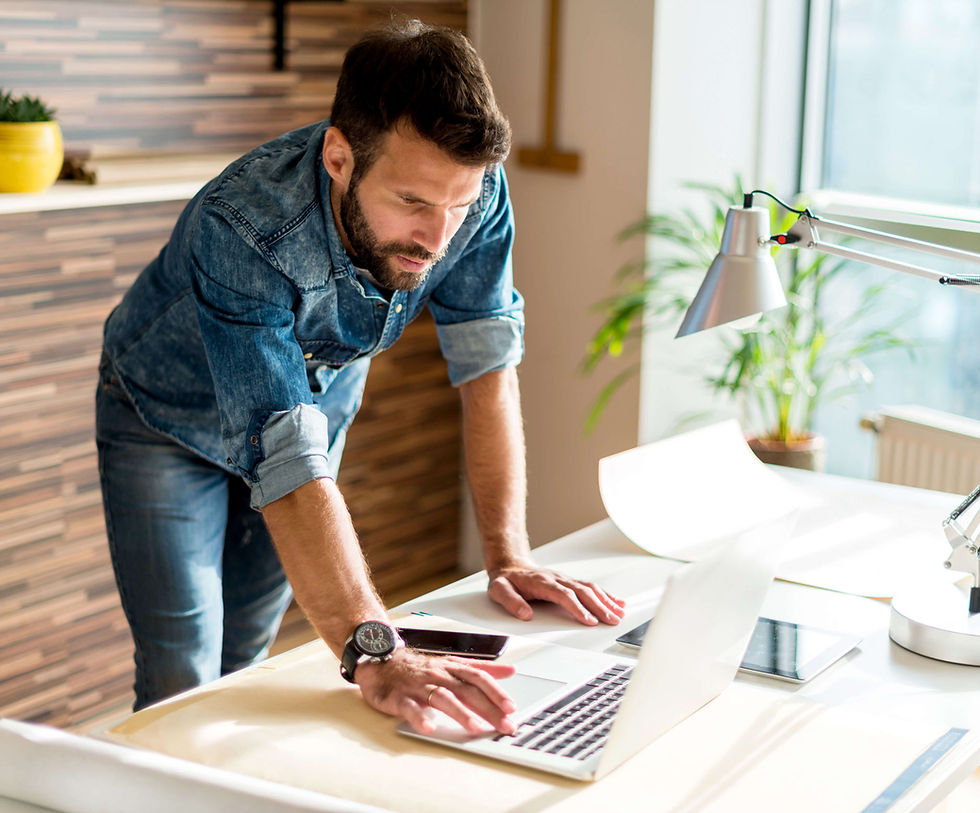National Aboriginal Veterans Day
- Chloe Fine, Blog Writer
- Nov 8, 2019
- 2 min read

Image by Brooke Cunningham
This Friday, 8 November 2019, marks the 25th celebration of National Aboriginal Veterans Day. This holiday was established in Manitoba and then progressively adopted throughout the pronvinces and territories. This day commemorates, specifically, the military service and sacrifice of Indigenous veterans who served our country in the face of higntened adversity. The participation of Indigenous people in military service has often gone unrecognised. Having an independent day devoted to honouring Aboriginal veterans helps not only give thanks for their service but higlight it and further educate the public about all that Aboriginal soldiers have contributed to Canada’s defence. Indigenous people have fought in every major miliary conflict since the first world war, with over 7,ooo having fought in WW1, WW2, and Korea. An unknown amount of Inuit and Metis have also fought in large numbers, however, their contributions were never recorded. Initially in the first world war the crown discouraged Aboriginal enlistment but as the war progressed and casualties increased they slowly began to encourage it. In many Aboriginal communities more then one in three able-bodied men enlisted in the first world war, as well as, the second.
As of WW1, Aboriginal and non-Aboriginal soldiers fought along side eachother with Aboriginal soldiers utilising traditional skills such as hunting, tracking, and navigating for military purposes. These cultures working and socialising with one another was something that had previously been rather uncommon and offered a great opportunity to gain further information and acceptance regarding Indigenous peoples. Aboriginal soldiers by the end of the second world war were allowed into every branch of the military and with many gaining high military distinction, there were Aboriginals at every level of the military. Indigenous women had participated in WW1 on the home front through fundraising and volunteering with the red cross, but were not allowed to become field nurses. It wasn’t until the second world war that Indigenous women were finally able to serve and enlist as nurses, the first being Mary Greyeyes.
An aspect of Aborignal service within the second world war that has only recently been brought into public consciousness was the “code talkers”. The elite group used the Cree language to create codes and translate information to one another without enemy forces understanding. This was an extremly dangerous job and directly aided in wining the war as the allied enemies never did break their code. These amazing acts were kept unknown until recently due to the fact that code talkers were sworn to secracy. Many of the programs participants still remain unidentified because of the lack of records.
There have been over a hundred medals awarded to Aboriginal service peoples for acts of extreme bravery. Although Aboriginal soldiers have played a critical role in Canada’s international conflicts, when they returned home, they did not receive the same aid and opportunities as non-aboriginal soldiers. Certain pension plans and loans were not extended with the same level of easy application to status Indians and those living on reserves. It was also harder for Aboriginal veterans to find employement after returning home. These lessend compensations for serving in the military did not deter Indigenous peoples from enlisting. National Aboriginal Veterans day is about remembering the sacrafices, the disadvantanges and those who took them on.








Comments